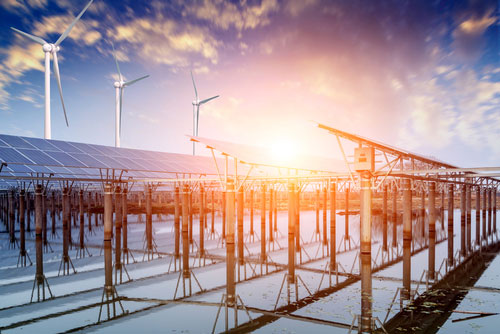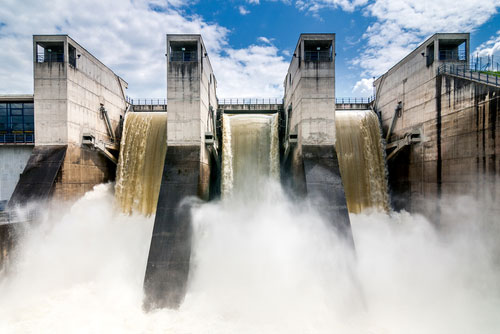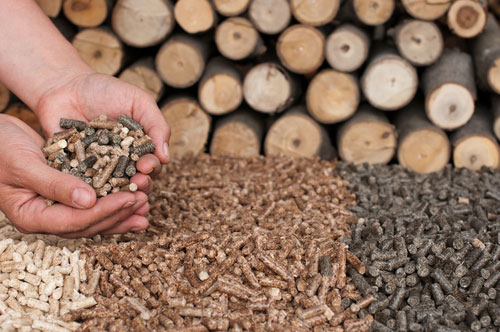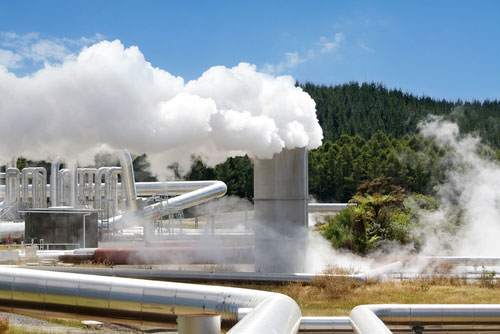Read the text then answer the questions. (Đọc và trả lời câu hỏi)
Dear guests, I’d like to talk to you today about renewable and non-renewable energy. Fossil fuels are non-renewable energy sources. They include oil, coal, and natural gas. They can be used to create energy, generate electricity, or drive big machinery. Unfortunately, they are harmful to the environment. Viet Nam still relies mostly on non-renewable energy sources, however, hydro power is increasingly used here...
Đọc tiếp
Read the text then answer the questions. (Đọc và trả lời câu hỏi)
Dear guests, I’d like to talk to you today about renewable and non-renewable energy. Fossil fuels are non-renewable energy sources. They include oil, coal, and natural gas. They can be used to create energy, generate electricity, or drive big machinery. Unfortunately, they are harmful to the environment. Viet Nam still relies mostly on non-renewable energy sources, however, hydro power is increasingly used here too.
Hydro and nuclear power can generate a great deal of energy. They are renewable and plentiful. However, hydro power is limited because dams cannot be built in certain areas. Nuclear power can provide enough electricity for the world’s needs, but it is dangerous. The sun and the wind are other alternative sources of energy. The wind turns turbines to
make electricity. Solar power can be converted into electricity. It can be used to heat or cool our houses. Although there are some disadvantages, these alternative energy sources can offer abundant amounts of clean, safe electricity. They will be valued more and more in the future in Viet Nam.
1.How many types of energy sources are mentioned in the text? What are they?
2.What are the disadvantages of hydro and nuclear power?
3.Why do you think the wind and the sun are called alternative sources of energy?
4.What types of energy does Viet Nam use most?
5.What does the professor think Viet Nam will use more in the future?





We can save energy by doing some following tips. First of all, we should use electricity more efficiently and reduce our electricity bill. We need to turn off the TV when we are not watching, turn off all the lights before going to bed. Besides, we should not leave the fridge door open in a long time due to wasting of electricity. Moreover, we should save water by taking showers instead of baths or turning off the water when you don not use it. The next tip is reducing the use of fossil fuels like gas, coal, and oil. It is not only saving energy but also protect our environment. To do this, we can use public transport and avoid using car or motorbike for short trip. All in all, because our energy is limited we need to reserve it for the future generations.
bài ơi viết và trả lời đúng câu hỏi giúp mình